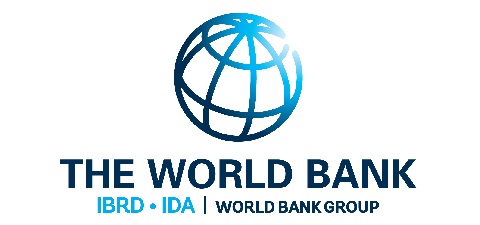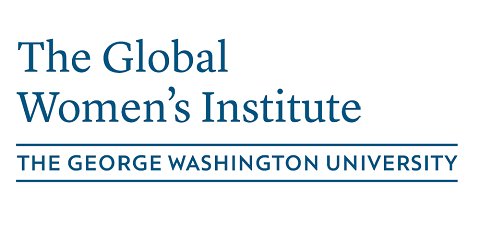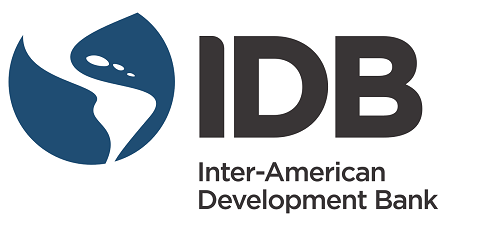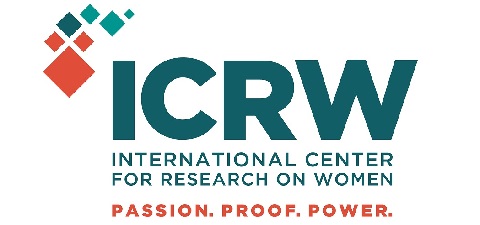Guiding Principles for VAWG Programming
When undertaking VAWG prevention or response activities, it is important to work closely with key stakeholders, including organizations and local agencies that have expertise in these interventions.
Guiding Principles for VAWG Programming
When undertaking VAWG prevention or response activities, it is important to work closely with key stakeholders, including organizations and local agencies that have expertise in these interventions.
Put mechanisms in place to monitor both intended and unintended consequences of the intervention. Consider whether the intervention may increase VAWG. Examine pre-existing gender vulnerabilities such as gender discrimination, gender-based exclusion, unequal gender norms or institutional weakness. Assess how the interaction of these factors, in combination with the intervention, may contribute to increased VAWG. Identify and add elements to prevent or mitigate this risk. Include a monitoring mechanism that will alert you to unintended consequences of the project that are exacerbating VAWG.
Employ rigorous evaluation of VAWG-specific projects and include VAWG indicators within broader programs. Collaborating with academic/research organizations and other evaluation experts is essential for producing more rigorous project designs and evaluations, especially in the area of prevention, where there is a paucity of data. Similarly, it is vital to employ existing, agreed-upon VAWG indicators to ensure comparability, contribute to the body of evidence on effective VAWG prevention measures, and subsequently, assist policy makers and program managers to make informed decisions. In 2013 the UN Statistics Division published the Guidelines for Producing Statistics on VAW, which includes internationally agreed indicators in 4 core topics (physical, sexual, psychological and economic violence) and 3 optional topics (FGM/C, attitudes towards VAW, reporting to authorities/seeking help). In addition, the global compendium, developed by MEASURE Evaluation, includes a set of monitoring and evaluation indicators for use at the programmatic, policy, and institutional level across all sectors. For illustrative examples of indicators, please see Annex 3.
Support multi-sectoral approaches and interventions. Complex, multi-faceted issues such as VAWG require a comprehensive response. Findings across all sectors have identified the need for collaboration between law enforcement, legal aid services, health care organizations, public health programs, educational institutions, and agencies devoted to social services and economic development. For example, identifying women suffering from VAWG at a health clinic requires a host of ensuing responses from the judicial sector (if she is to request a protection order) and social services (such as a shelter). Collaboration across sectors is essential for both providing effective services to survivors of violence as well as for preventing violence against women.
Design interventions to target VAWG at multiple levels simultaneously. Effective interventions require operating across all levels: individual, interpersonal, community, institutional, policy and laws. For example, if a country decides to recognize marital rape as a crime1, such a change in the penal code may have limited effects at a population level if law enforcement institutions remain weak, communities fail to acknowledge women’s right to consensual sex within marriage, and if individual women are unaware of such a law.
Establish partnerships between government and multiple stakeholders. There is ample value-added and benefits to be derived from collaborating with multiple stakeholders with expertise and experience in their given area, including specialized agencies, multilateral/bilateral donors, NGOs, faith-based institutions, academic/research organizations, the private sector, and government ministries dedicated to women and gender issues. All of these groups have essential roles to play, and harnessing their strengths can facilitate a multi-sectoral and comprehensive approach.
Highlight the development and human rights impact of VAWG. Emphasize that VAWG is a socio-economic development issue as well as a violation of fundamental human rights for which policy makers, communities, and societies should be held accountable. The view that violence is acceptable or a private matter cannot be justified on the grounds of “culture” or “tradition.” Continuing to document the prevalence and impact of VAWG on health and socio-economic development will certainly assist with increasing the issue’s visibility, although, women’s universal right to live free of violence under all circumstances should form a substantive part of the argument.
Include behavior change and community mobilization interventions to address harmful gender norms, attitudes and beliefs at all levels of society. Attitudes that condone violence against women are deeply imbedded, to varying degrees, throughout most societies in the world, and are predictive of actual violence perpetration.2 Ensuring successful project buy-in at all levels, from communities, to service providers and institutions, requires a fundamental shift in attitudes and beliefs regarding violence against women. While this is a challenging, long-term process, projects should include a behavior change component targeting men, diverse members of the population, different age groups and the communities at large, as well as service providers at all levels (e.g., judges as well as law clerks).
Consider women’s safety when designing and distributing materials: Remember that women living in situations of violence may be at risk of further violence if the partner finds the pamphlet or card with information about services. Additionally, women may come to the clinic with their partners, and may not feel free to pick up materials in waiting rooms. One strategy is to develop small cards that women can hide in their clothing. Sometimes it is helpful to put only the address and phone number of referral services on a card, so that a perpetrator will not realize what it is if it is found. Other health programs have found that it can be helpful to place information (whether cards, pamphlets, or posters) in bathrooms, where women can look at them without being observed by a male partner.
Adapt evidence-based interventions or promising practices when possible, ensuring that interventions are culturally appropriate before transferring interventions from one country or region to another. While sharing promising practices and lessons learned is a valuable strategy for ensuring effective interventions are designed and implemented, program managers must exercise caution and take cultural differences into consideration before transferring an intervention from one country or region to another. Conditional cash transfers, for example, can be empowering for women in certain contexts and can contribute to increases in intimate partner violence in others.
Work with government partners and key stakeholders to include data on physical and sexual violence disaggregated by sex and age group in the routine data collection of the national health information system. A good example of an integrated data collection system is the web-based version of the GBVIMS currently used in Colombia that collects data from all service providers and integrates into one system. This system is currently being implemented in 14 countries.
Support impact evaluations and the dissemination of evidence of effectiveness of VAWG-specific projects/initiatives. The project or program should contribute to the body of evidence on promising (or harmful) practices by disseminating impact evaluation results to key stakeholders and policy makers.



